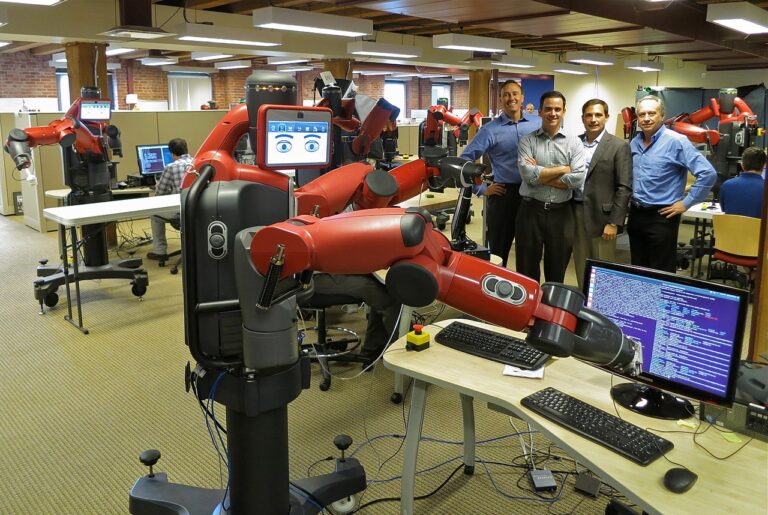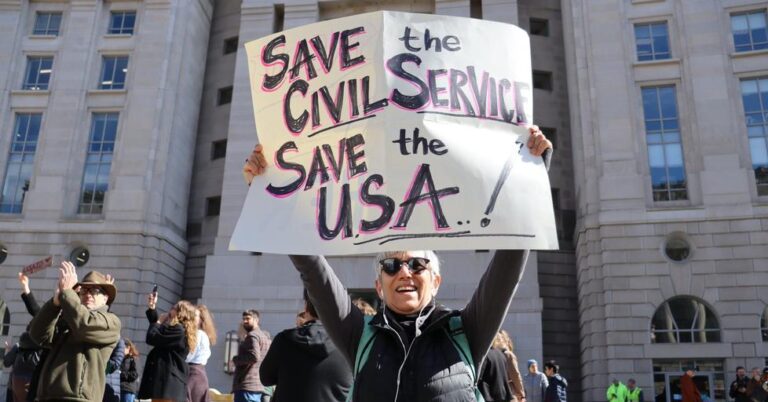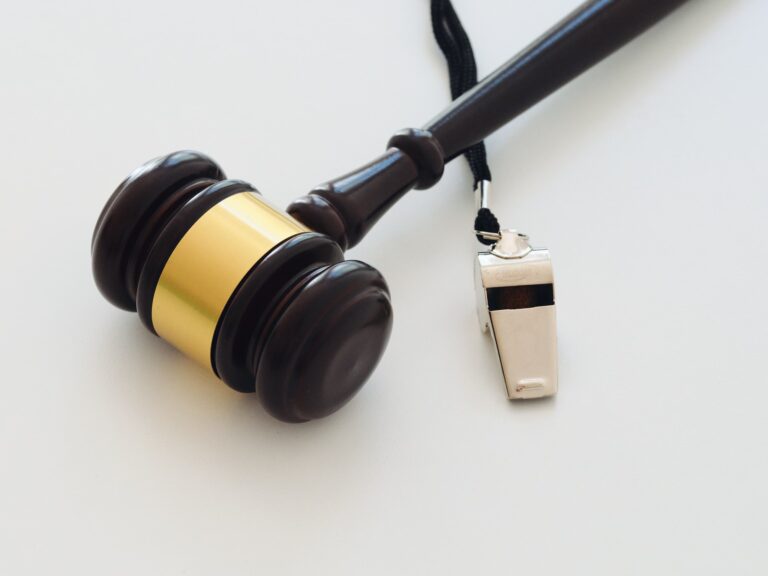This is Part Four of the four-part series “Free” Labor. The past three posts have introduced the concept of prison labor, tracked the historical roots of prison labor to the present day iterations, and explored the law as applied to incarcerated workers. This post will examine the broader implications of prison labor in the context of mass incarceration and its connection to the decline of organized labor.
The United States of Mass Incarceration and Free Labor
2.3 million people are currently serving time in prisons and jails in the United States, 60 percent of whom are people of color. African Americans constitute nearly 1 million of this number. In 2013, more than 21 percent of the people in state and federal prisons and jails were Latino/Latina. In addition to those numbers, during the past decade growing criminalization of immigration and the use of detention facilities in the United States has led to the imprisonment of hundreds of thousands of “noncitizens,” most of whom are Latina and Latino immigrants. All of these imprisoned individuals may be (with few exceptions) subject to compulsory work by the public or private entity that operates their facility, under threat of solitary confinement, loss of earned good time, recreation privileges, etc.
Further, due to the interpretations of statutory law by courts, incarcerated workers are stripped of their FLSA rights, stripped of their right to organize, and stripped of their rights under minimum wage statutes. Incarcerated workers cannot legally bargain for alternate terms of employment, individually or collectively, and are put in a situation where their choice is no pay or extremely substandard wages. The state, the individual facilities, or the Federal Bureau of Prisons set wage rates, the very entities most incentivized to drive worker pay as low as possible. As a result, incarcerated workers are paid nothing to pennies. Or, as is often the case in detention centers, they are compensated with credits towards food in the facility, toiletries, and phone calls.
The use of this system saves prisons billions of dollars on costs associated with prison upkeep and operation. Further, through contracts signed with private third parties, prison operators enjoy a revenue stream from leased imprisoned labor. Private companies save on their production costs, weaken the pressure of organized labor by using a workforce that has no recognized right to organize, and gain the added benefit of being able to stamp “Made in the USA” on their products. Furthermore, companies that pay prisoners are subsidized by taxpayers, and can receive up to 40 percent of what they pay back in tax reimbursements.
These systems and practices harken back to an earlier period in American “criminal justice” history that is utterly shameful. The current criminal justice system still imprisons largely black and brown persons, often for questionable cause, and then mandates that they work for close to free for the benefit of private enterprise or the state. The current prison system and use of prison labor is the modern manifestation of Reconstruction era apartheid.
Prison labor is bad for the labor and workers’ rights movement
Prison labor systems take jobs that could be fair paying union jobs and removes them from the market. At present, the prison industry is allowed to get away with profit-making without the “free” negotiations that are the supposed premise of our capitalist economic system.
Prison labor weakens the ability of the working class to organize. Those on the inside are stripped of their right to organize and they are not permitted to bargain for better terms and conditions of employment, and yet they are required to work.
Thus, a strong labor and workers’ right movement would attack and work to end these practices, as organized labor did in the late 19th and early 20th century. The fact that labor has not done so in the modern era, or has been widely unsuccessful in doing so, may indicate that today, organized labor is unable to gain enough power to politically or legally challenge this practice. Given the history of prison labor, convict leasing, and organized labors’ reaction to such practices, the rise in prison labor may correlate with the decline of organized labor. This connection should be explored further, but the coinciding trends and connections are compelling.
The purpose and aim of this series was to explore an industry that falls at the intersection of economic and racial justice, or rather injustice, as well as along the junctures of legal categories. While there is much more to say on this topic, the hope is that this series will contribute to further discussion about incarcerated workers place in the workers’ rights movement.






Daily News & Commentary
Start your day with our roundup of the latest labor developments. See all
December 5
Netflix set to acquire Warner Bros., Gen Z men are the most pro-union generation in history, and lawmakers introduce the “No Robot Bosses Act.”
December 4
Unionized journalists win arbitration concerning AI, Starbucks challenges two NLRB rulings in the Fifth Circuit, and Philadelphia transit workers resume contract negotiations.
December 3
The Trump administration seeks to appeal a federal judge’s order that protects the CBAs of employees within the federal workforce; the U.S. Department of Labor launches an initiative to investigate violations of the H-1B visa program; and a union files a petition to form a bargaining unit for employees at the Met.
December 2
Fourth Circuit rejects broad reading of NLRA’s managerial exception; OPM cancels reduced tuition program for federal employees; Starbucks will pay $39 million for violating New York City’s Fair Workweek law; Mamdani and Sanders join striking baristas outside a Brooklyn Starbucks.
December 1
California farmworkers defend state labor law, cities consider requiring companies to hire delivery drivers, Supreme Court takes FAA last-mile drivers case.
November 30
In today’s news and commentary, the MSPB issues its first precedential ruling since regaining a quorum; Amazon workers lead strikes and demonstrations in multiple countries; and Starbucks workers expand their indefinite strike to additional locations. Last week, the Merit Systems Protection Board (MSPB) released its first precedential decision in eight months. The MSPB had been […]